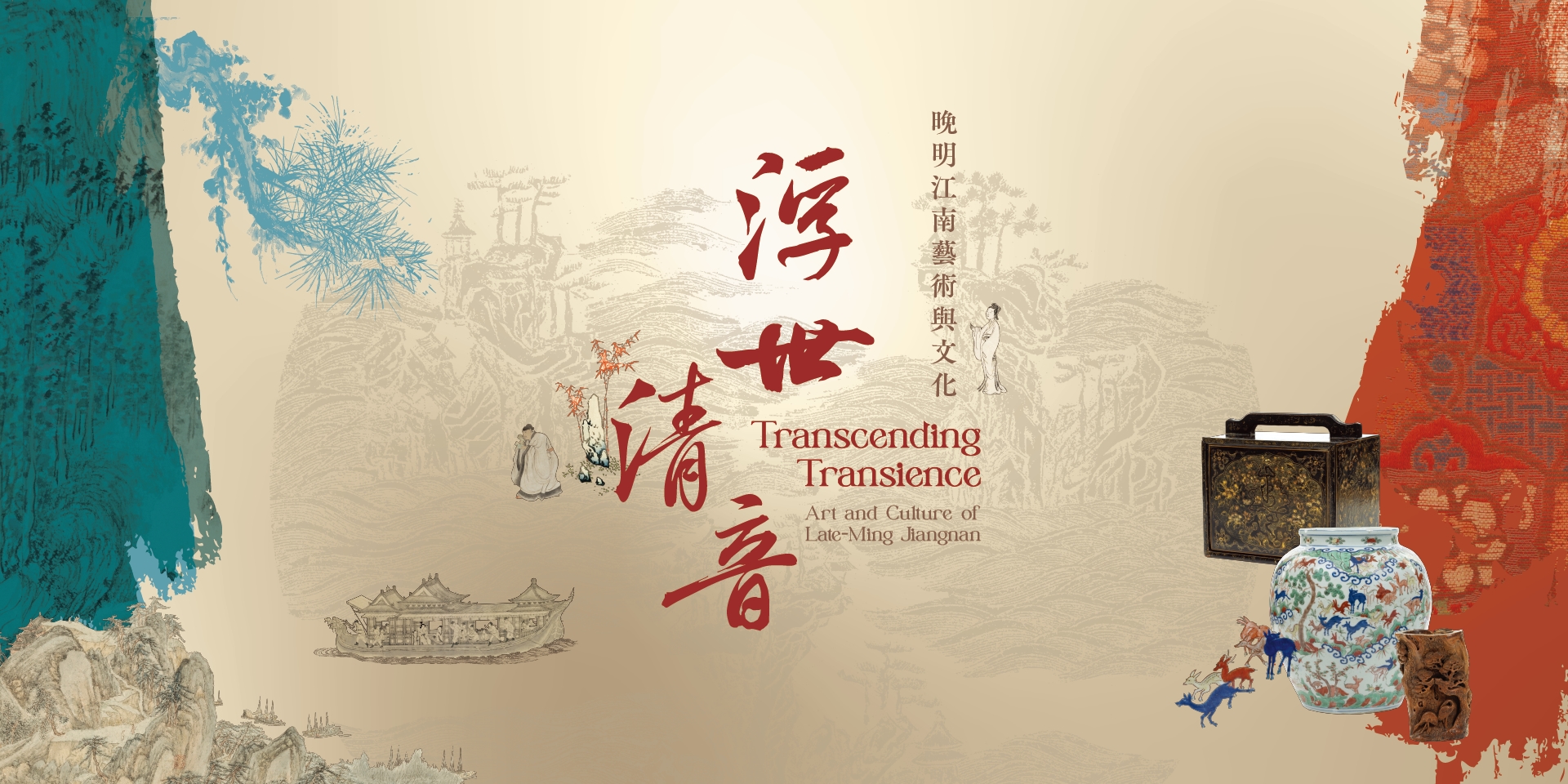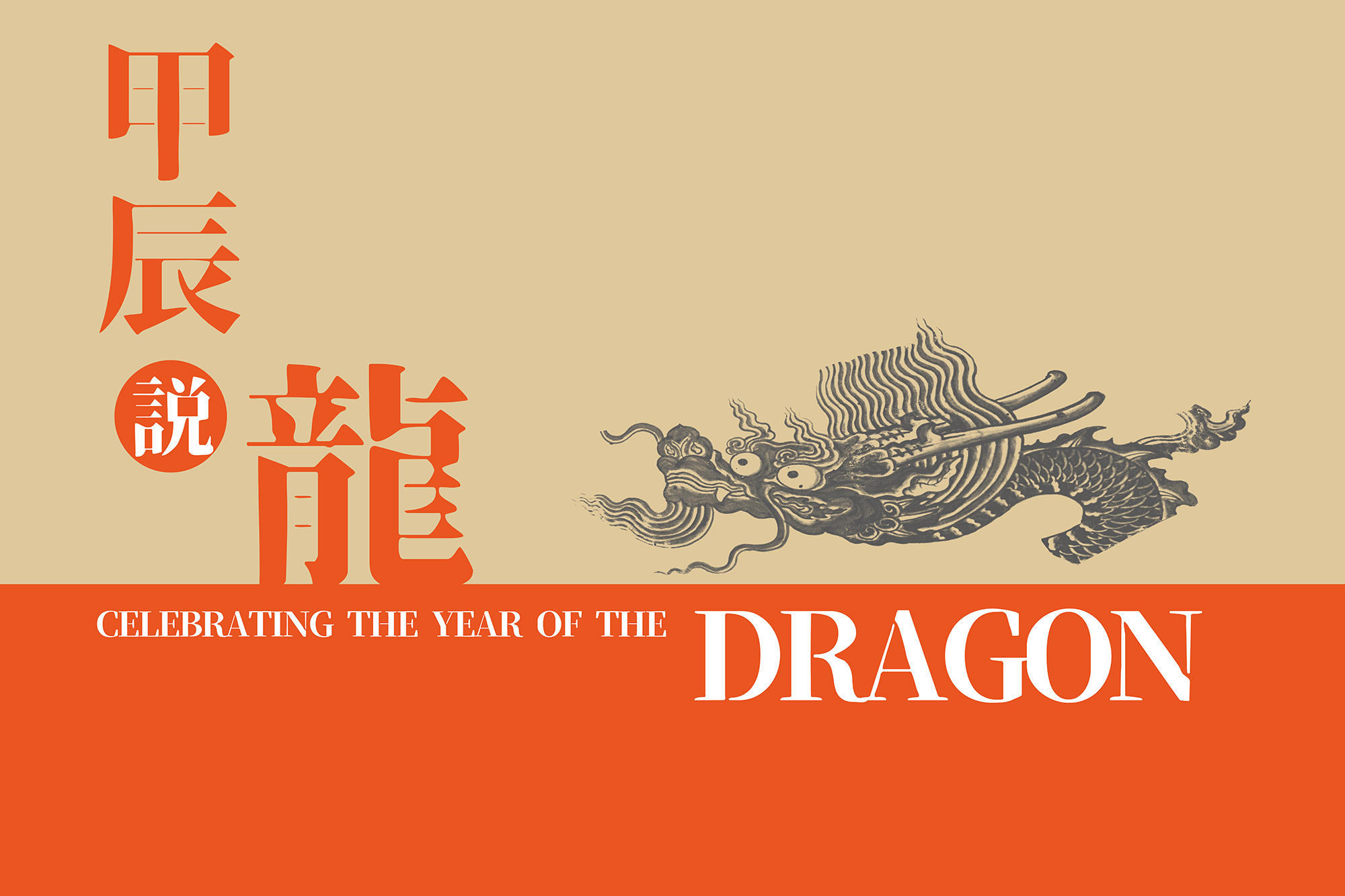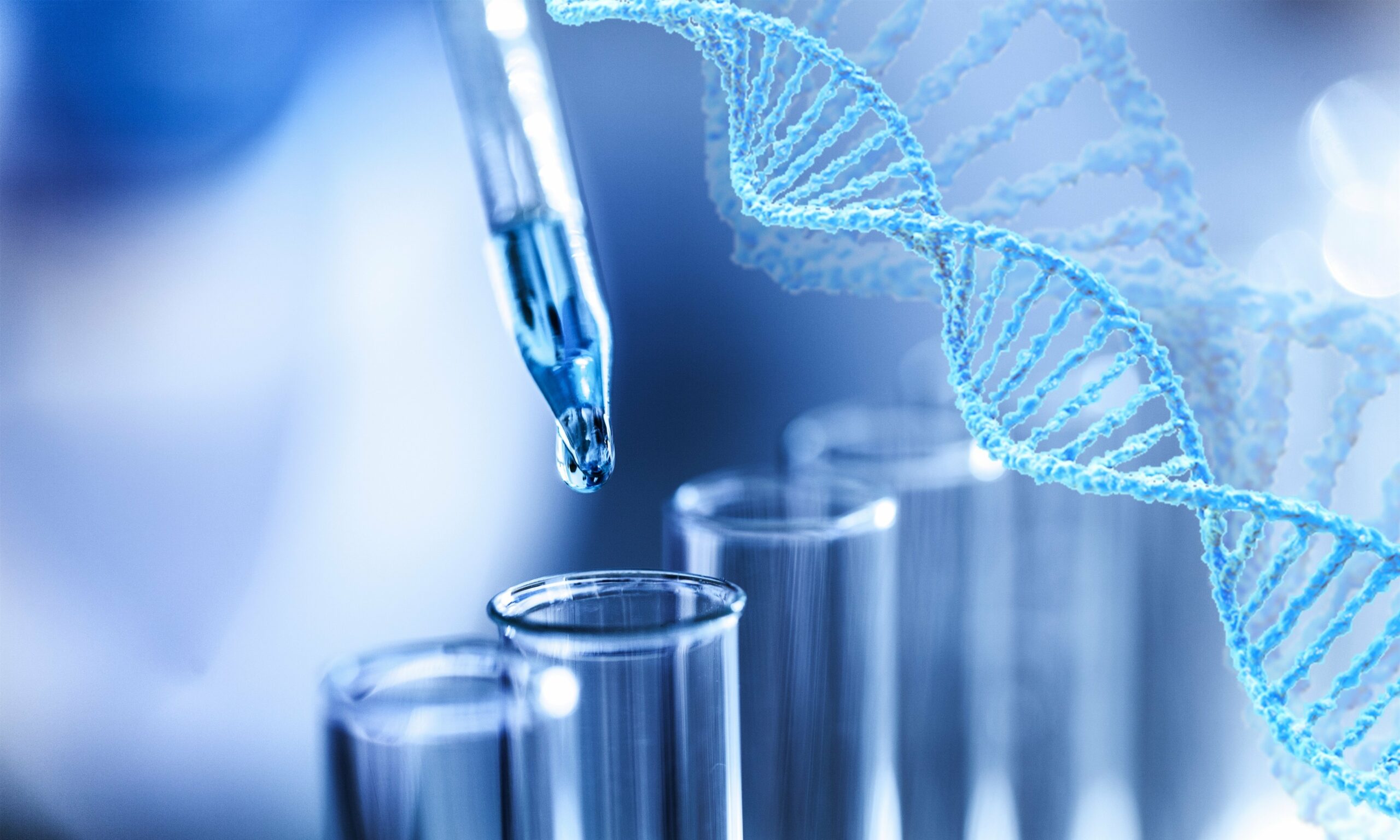English
繁體中文
简体中文

On the CUHK campus, housing over ten thousand students and staff, the cheerful voices of families strolling by Lake Ad Excellentiam, the quiet figures engrossed in the University’s extensive library collections, and art enthusiasts exploring the Art Museum collectively form a distinctive cultural ecosystem. Nestled amidst the hills, this hidden gem has recently undergone a transformation — after years of planning, the new wing, the Lo Kwee Seong Pavilion, has opened, along with the inaugural exhibition “Transcending Transience: Art and Culture of Late-Ming Jiangnan”. This not only marks a milestone in the Art Museum’s half-century journey but also embodies how CUHK, as an intellectual melting pot, bridges tradition and modernity across time and space.

Dragons are intimately intertwined with Chinese culture – so much so that we’re not even sure of these mythological creatures’ origins. Whether they be an offshoot of ancient religious worship, a composite of animals like alligators, snakes or something else, they have long fascinated scholars. As a recent CUHK exhibition demonstrated, ancient Chinese artefacts with dragon designs can profoundly illuminate socio-cultural attitudes of people across different times.

CUHK’s outstanding scholars and research have recently won several coveted international awards. In particular, Professor Dennis Lo received the prestigious Lasker-DeBakey Clinical Medical Research Award for his revolutionary non-invasive prenatal test. Additionally, CUHK Art Museum won the UMAC Award from the International Council of Museums Committee for University Museums and Collections. The University has also set new records in world university rankings, demonstrating CUHK’s influence and leading position in the global higher education community.